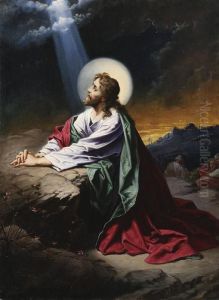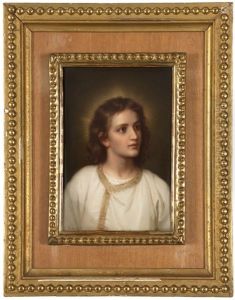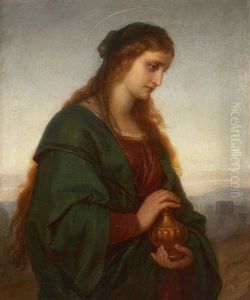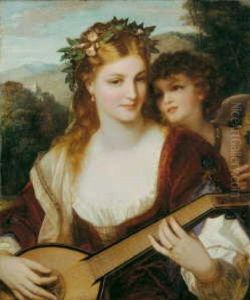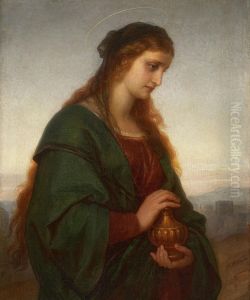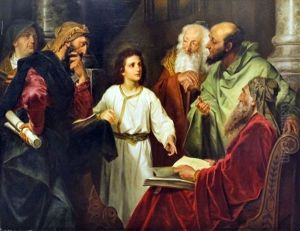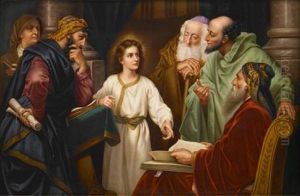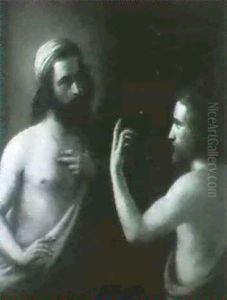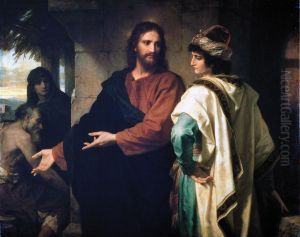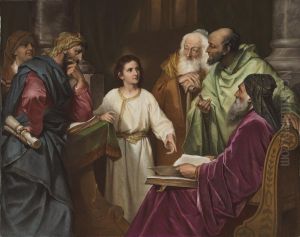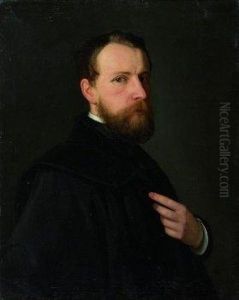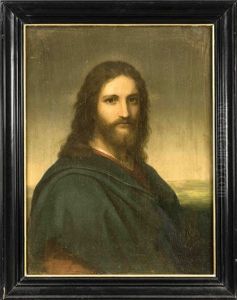Heinrich Hofmann Paintings
Heinrich Hofmann was a German painter known for his works of religious art, portraits, and scenes from the life of Jesus. Born on March 19, 1824, in Darmstadt, Germany, he grew up in an environment that nurtured his artistic talents. Hofmann showed an early interest in art, and his parents supported his passion. He initially studied art in Darmstadt and later furthered his education at the Academy of Fine Arts in Dresden, where he was influenced by the works of the Old Masters.
After completing his studies, Hofmann traveled extensively throughout Italy, where he was deeply inspired by the Renaissance art he encountered. This experience played a crucial role in shaping his style, which is characterized by its classical composition, vivid emotion, and meticulous attention to detail. Hofmann's religious paintings, in particular, gained him widespread recognition. Among his most famous works are 'Christ in the Temple' (1881), depicting Jesus as a young boy discussing with the elders in the temple, and 'Christ and the Rich Young Ruler' (1889), showcasing Christ's encounter with the rich young man. These paintings are noted for their emotional depth and the way they capture the human and divine aspects of Jesus.
Hofmann's art was not confined to religious subjects; he also painted landscapes, portraits, and genre scenes. However, it is his devotional works that have left a lasting impact and continue to be admired for their spiritual expressiveness and technical mastery. Hofmann's paintings have been widely reproduced and remain popular in religious institutions and private collections around the world.
Throughout his career, Hofmann received numerous awards and honors for his contributions to art. He was a respected member of the art communities in Germany and across Europe. Hofmann's legacy as an artist stems not only from his remarkable body of work but also from his ability to convey profound religious sentiment and humanity through his paintings. Heinrich Hofmann died on June 23, 1911, in Dresden, Germany, leaving behind a rich legacy that continues to inspire and move viewers with its beauty and depth.
